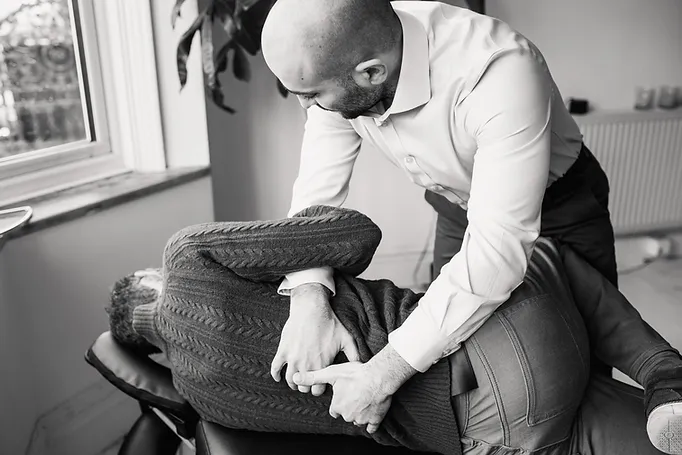Alive Blog
Breathing dysfunctions and chiropractic
Recognizing and helping breathing problems
The focus of this article is on normal vs abnormal breathing patterns and the if, when and how chiropractic can help to restore normal function.
Breathing is such an important aspect of our health, yet is one of the most overlooked and underestimated. Why? Because it is a process that happens on its own, like our heart beat (by the way, the two processes are strictly related). Differently from your heart beat though, we can directly modify this process (e.g. if I decide to hold my breath for 10 seconds, I can do that). It also is a multifactorial process: it involves mechanical components (to breathe you move certain bones and muscles), chemical components (what happens in your lungs in terms of chemistry), and neuro/psychological components (respiration is a process that is highly influenced by what happens in our mind).
Usually people do not care at all about breathing as long as there are no symptoms. They take it for granted, because we did not have to learn how to breathe (although some education would have been beneficial in some cases – I am thinking about mouth breathing in adolescents and children and all the problems that arise from it, more info HERE).
The truth is, your breathing patterns can be improved. And better respiration means generally better health. We are now going to take a look at the major breath dysfunctions and if and how chiropractic can help.

Breathing issues
“Breathing is the balancing force in maintaining mental and physical health. The brain exercises the greatest power in human-kind – but the air supplies sense to it”. These are the words of Hippocrates, words that are relevant today as they were about 2500 years ago.
I want to make a distinction here: we do not have to go inside the realm of pathologies (like asthma, COPD, etc) to identify breathing pattern dysfunctions. This may be understood by comparing breathing patterns dysfunctions (BPD) to poor posture. Poor posture is not classified as a “disease”, but it results in adaptive stresses and strains that can impact the body. Poor posture is a functional disorder, and so breathing patterns dysfunctions. Just like poor posture can have negative effects on health, BPD can have a negative effect on various functions, affecting biochemistry, emotions, circulation, digestion and the musculo-skeletal structures involved in the process.
These are not new ideas: Lum (1975) provided a model according to which – for example – some stressors lead to hypoventilation (breathing less), which in turn leads to lowering CO2 levels, which in turn causes apprehension, and so on.

Structure and function are intertwined and inter-dependent, in respiration and in many other body processes. What is the cause of faulty breathing patterns? It can be multifactorial, from physical injury, emtional or physical abuse, or for example, chronic sinusitis.
People seeking for an answer are often being told that “there is nothing wrong with them”, to join a yoga class, and to relax. But the symptoms continue; who can help?
Typical effects and body adaptations to poor breathing
It has been shown that to breathe poorly (especially through the mouth) affects facial and dental development in children. Links here
But this is only the tip of the iceberg. The thoracic spine is usually disturbed by lack of proper motion of the ribs, and nerve outflow in this area can be compromised. Some muscles usually becomes tighter, such as the scalenes, upper trapezius and levator scapulae. The neck usually comes forward – as if asking for more air – and so on. The problem is that clinically, there is no agreed consensus regarding whether an individual breathing patterns (or posture) is ‘normal’ or ‘abnormal’.
Breathing and posture are linked
A definition of posture could be “an active maintenance of body segments against the action of external forces, from which gravity has the major impact” (Kolar, 2014). However posture is not a component of standing or sitting positions, rather a component of any positions (posture follows movements like a shadow, Sherrington 1931).
Respiration also accompanies every movement; the continuous, rhythmic breathing movements are an integral part of postural functions. These movements are the results of a synergistic effort between different muscles, the main one being the diaphragm.
The diaphragm, innervated by the phrenic nerve (C3-C4-C5) simoultaneously contributes to respitarion as well as body stabilisation.
Moreover, it also covers an important visceral role for the function of defecation: weakness of the abdominal brace oftentimes results in limited defecation propulsion and subsequent consitpation).
Both the words “phrenic” and “diaphragm” are related to the Greek for for ‘mind’; the Merriam-Webster Dictionary gives this definition of the word “phrenic”: 1. Relating to the diaphragm; 2. Of or relating to the mind. One might be tempted to assume that it’s the Greeks that were confused (considering they had a limited knowledge of anatomy and physiology), but maybe the confusion lies in modern thinking, attempting to separate body and mind into separate compartments.
Chest breathing and lack of proper diaphragmatic motion

Breathing and chiropractic: Alive chiropractic
Functional and physiological breathing is a prerequisite for the correct stabilisation of the spine (and viceversa). Posture influences breathing very closely (links at the end of the page): this forms what we call the postural-respiratory function of the diaphragm. Physical therapy, chiropractic or osteopathy that are based only on adjustments or muscular re-education to improve posture, are not sufficient without considering the postural role of the diaphragm. This is in a nutshell what we do at Alive Chiropractic. We use the power of chiropractic adjustments to release nerve flow output and we re-educate the body to proper and physiological breathing. Every human function is virtually affected by an improvement in breahting patterns (e.g. blood pressure, heart rate, pain etc); in addition, it provides a long list of psychological benefits related to stress relief. Chronic pain is almost always accompained by chronic hyperventialtion, which is a perfectly reasonable reaction to it. Promoting slow breathing is a highly valuable addition to chiropractic care and it aids in the decrease of hyper-arousal associated with pain.
To help as many people as possible to feel truly Alive, rather than conducting an existence where coping with pain seems to be the norm.
Edoardo Elisei DC
Alive Chiropractic LTD
alivechiropractic.co.uk
1C Crown Gate Square
POUNDBURY
01305602314
Alive Chiropractic Poundbury
1C Crown gate square DT1 3EJ
Poundbury, Dorchester
Phone Number
01305602314
07845096314
Conditions
Our clinic specialises in: YOU
“The beauty about chiropractic is the fact that it works with natural means. It puts nothing new into the body nor does it take away any natural gland or organ. Chiropractic simply releases life forces within the body, and lets nature do her work in a normal manner”.
Chiropractic care has been proven to be effective in managing a long list of conditions like sciatica, lower back pain, neck pain, headaches/migraines and much more. If you have any question, get in touch with our Poundbury clinic team; we will reply within a few hours.
If you are looking for a chiropractor in Dorchester, Alive Chiropractic team is ready to help you.
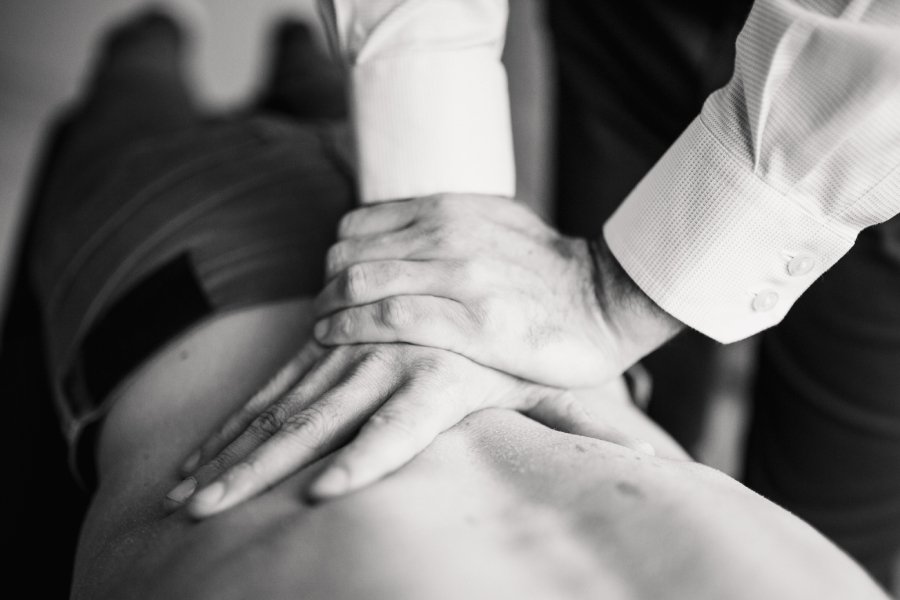
Lower back pain
Chronic lower back pain is one of the most common musculoskeletal conditions causing disability and absence from work worldwide.

Core weakness and instability
Commonly, stiffness is not a condition on its own but is often the result of an imbalance in the posture or the physiology of hte individual.
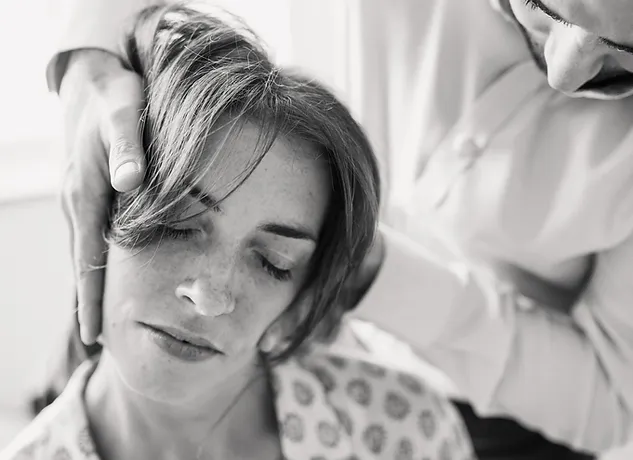
Headaches and migraines
If you suffer from frequent headaches or migraines, chiropractic care can provide effective relief.
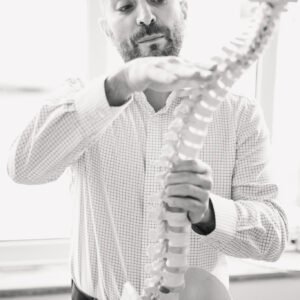
Gait disorders
Gait refers to the pattern of walking or how a person moves their limbs while walking. It is a complex process that involves the coordination of various body systems, including the musculoskeletal, nervous, and sensory systems.
